Soil Health
All Soil Health Content
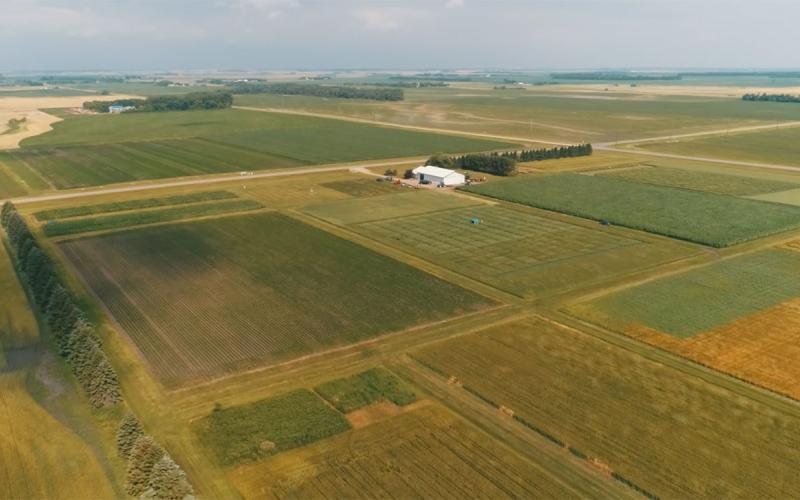
Crop Hour
SDSU Extension Crop Hour webinars provide valuable information for South Dakota crop producers to help them improve their profitability and prepare for the upcoming season.

Transitioning to Soil Health Systems in Eastern South Dakota Intended for beginners: Where do I start?
Fact sheet for beginners on where to start transitioning to soil health systems in eastern South Dakota.
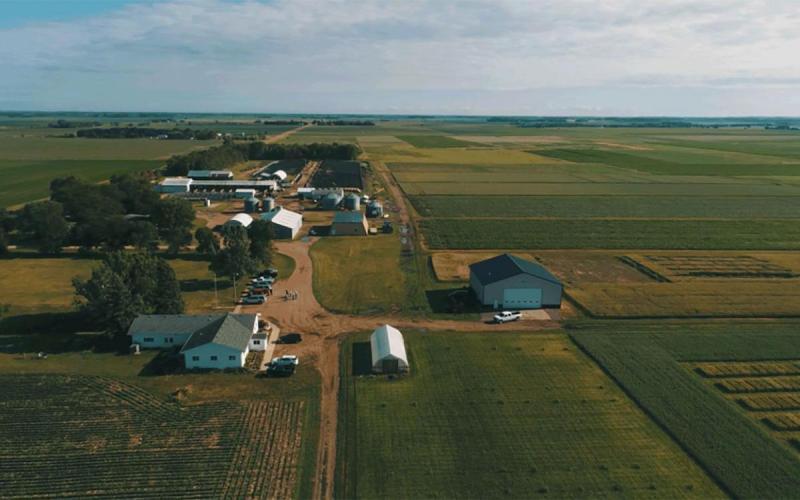
Southeast Research Farm Seminars @ Dakota Farm Show
Join SDSU Extension for a series of educational presentations during the Dakota Farm Show from January 6-7, 2026, at the USD DakotaDome (1101 N Dakota St, Vermillion, SD 57069).
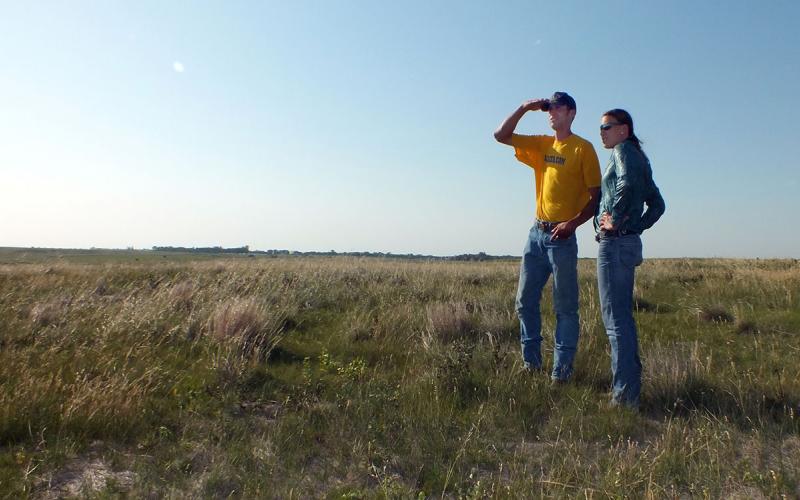
Natural Resources & Conservation
South Dakota is home to many unique land, water and wildlife resources. Our experts and partners offer research-based information through to help people enjoy, preserve and profit from these natural resources.
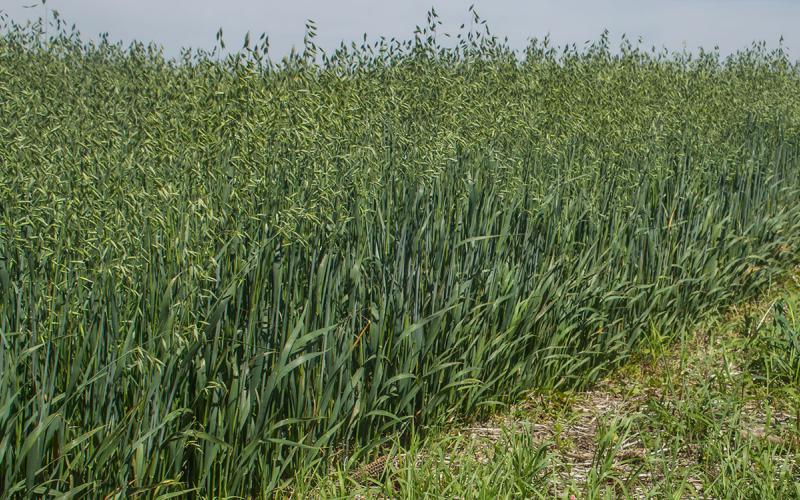
Comparing Cover Crop Mixture Performance after Oats and its Effect on Corn Yield the Following Year
A research trial completed at the South Dakota Agricultural Experiment Station Northeast Research Farm comparing cover crop mixture performance after oats and its effect on corn yield the following year.
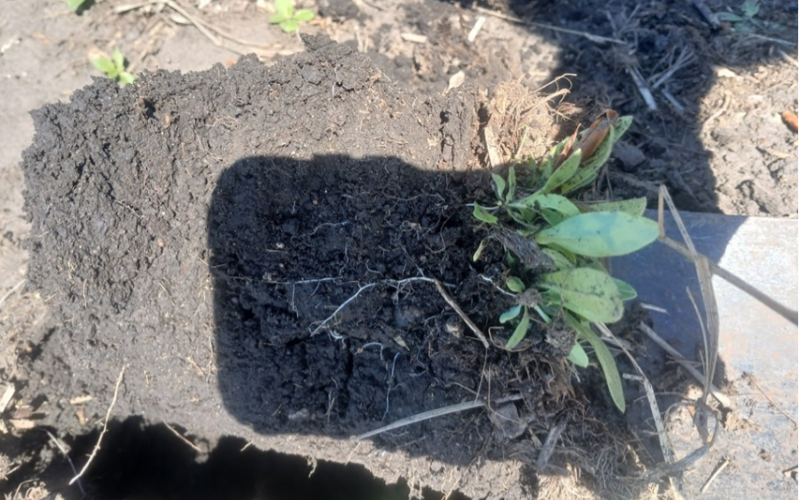
Effect of Camelina Cover Crop on Soil Health and Corn Yield
Study results focused on the effect of camelina cover crop on soil health and corn yield.
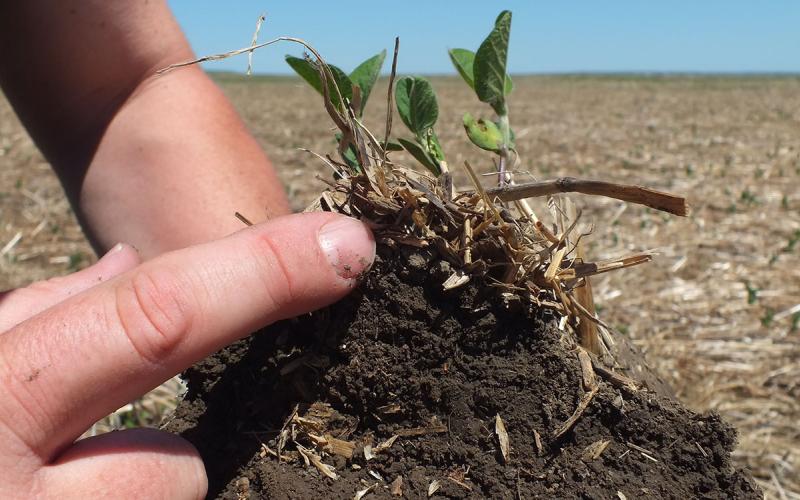
SDSU Extension Crop Hour 2026 webinars start in January
November 24, 2025
South Dakota State University Extension’s Crop Hour webinar series for 2026 will return in January.
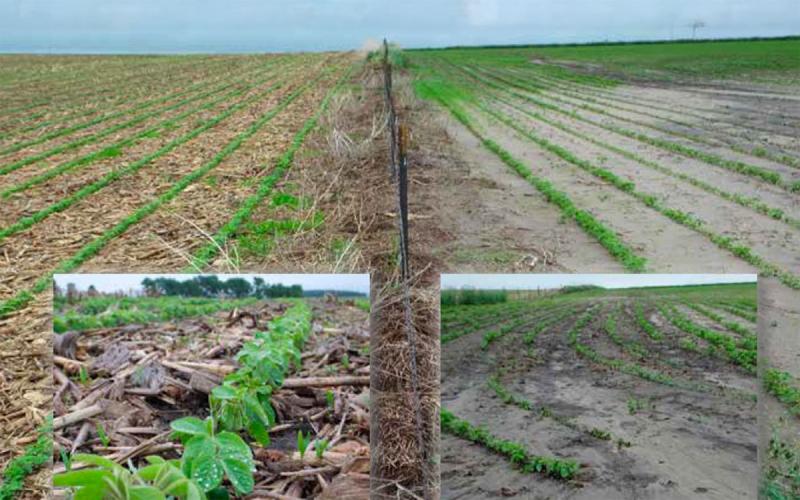
SDSU Extension to host soil health meeting in Freeman
November 12, 2025
South Dakota State University Extension will host a Managing Soil: Maximizing Profit meeting on Dec. 9, 2025.
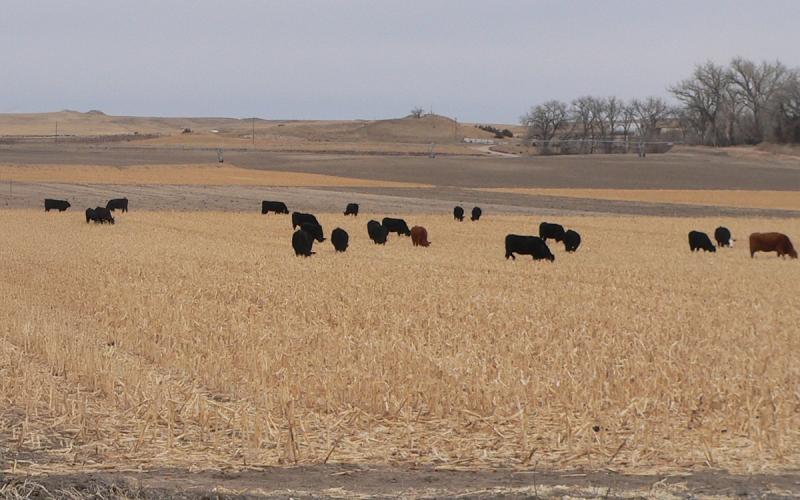
Why Cropland Grazing Now?
The evidence is consistent: cropland grazing delivers measurable economic returns, proven soil health benefits, and growing adoption in South Dakota.

SDSU Extension welcomes new water specialist
October 29, 2025
South Dakota State University Extension is pleased to welcome Ryan Lefers as the new Griffith Endowed Chair in Agriculture and Water Resources, South Dakota Water Resources Institute Director and SDSU Extension Water Management Specialist.